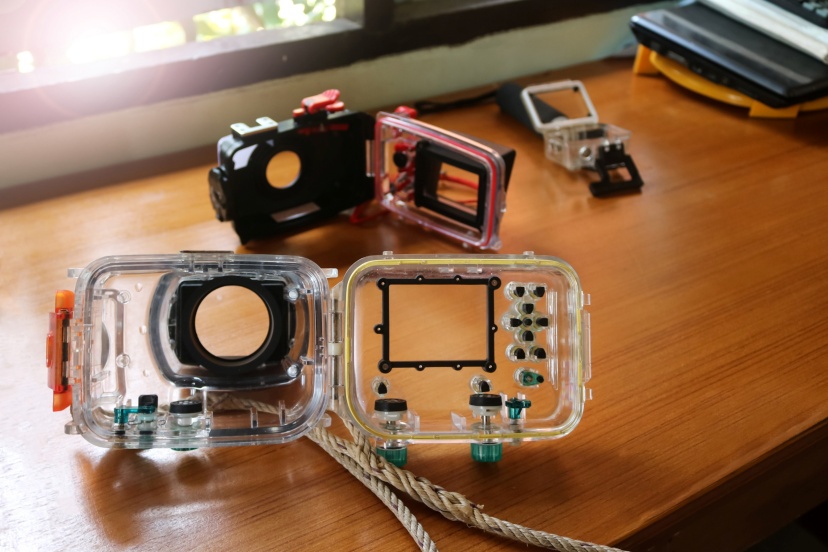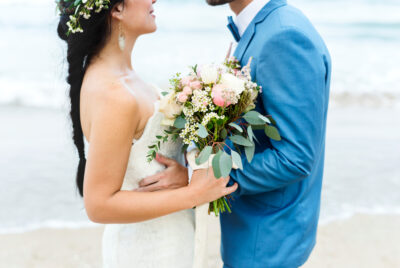Camera Housing: Protecting Your Precious Gear
Introduction
As a photography enthusiast, I understand the importance of protecting my valuable camera gear from various environmental hazards. That’s why a camera housing can play a crucial role in my photography adventures. In this article, I will guide you through the world of camera housings, helping you understand their significance and providing recommendations to choose the right one for your needs.
Understanding Camera Housings
Camera housings are protective enclosures designed to shield your camera from dust, moisture, impacts, and other potential risks. They act as a second layer of defense, ensuring the safety of your equipment in challenging shooting conditions. Whether you’re an adventure photographer, a travel enthusiast, or an underwater explorer, a reliable housing is essential to safeguard your gear.
Types of Camera Housings
Waterproof Camera Housings
Waterproof camera housings are specifically designed to make your camera impervious to water, enabling you to capture stunning shots while snorkeling, diving, or engaging in water sports. These housings are sealed to keep water out and often come with additional features like depth ratings, control buttons, and lens ports for various lenses.
Underwater Camera Housings
Similar to waterproof housings, underwater camera housings are built to withstand the pressures of deep-sea exploration. They provide a safe environment for your camera, allowing you to capture breathtaking images of marine life and underwater landscapes. These housings are typically rated for specific depths and come with specialized features to enhance your underwater photography experience.
Weatherproof Camera Housings
Weatherproof camera housings offer protection against dust, dirt, moisture, and extreme weather conditions such as rain, snow, or intense heat. These housings are ideal for outdoor photography enthusiasts who frequently venture into challenging environments. They ensure that your camera remains safe and functional, even in the harshest weather conditions.
Factors to Consider
When selecting a camera housing, several factors should be taken into account to ensure the perfect match for your needs. Here are some essential considerations:
Compatibility with Camera Models
It is crucial to choose a housing that is compatible with your specific camera model. Different manufacturers offer housings designed for their camera lines, ensuring a precise fit and easy access to camera controls.
Durability and Build Quality
A robust and well-built housing is essential for long-lasting protection. Look for housings made from high-quality materials such as aluminum or polycarbonate, known for their strength and resistance to impact.
Ease of Use
A user-friendly housing allows for smooth operation and quick access to camera controls. Consider ergonomics, button placement, and ease of handling when selecting a housing to ensure a seamless shooting experience.
Portability
If you’re frequently on the move, opt for a lightweight and compact housing that won’t weigh you down during your adventures. Portability is key, especially when traveling or engaging in active photography pursuits.
Special Features
Some housings come with additional features like interchangeable lens ports, tripod mounts, or external flash compatibility. Assess your specific needs and consider these extras to enhance your photographic capabilities.
Recommendations and Suggestions
Now that you understand the importance of camera housings and the factors to consider, let me provide some recommendations based on different scenarios and budgets:
1. Budget-Friendly Option: ZONMAN DSLR Camera Univeral Waterproof Underwater Housing offers an affordable yet reliable housing for entry-level DSLR cameras, perfect for beginners on a budget.
2. Versatile Option: DiCAPac WP-S10 Pro DSLR Camera Series Waterproof Case provides a versatile housing compatible with a wide range of camera models, making it a great choice for photographers with multiple cameras.
3. Professional Option: For professional photographers seeking top-of-the-line quality and features, Seafrogs Waterproof Camera Housing offers a premium range of housings designed for Sony DSLRs.
Remember, each photographer has unique requirements, so choose a housing that aligns with your specific needs and shooting style.
Maintenance and Care
To ensure the longevity of your housing, it’s essential to follow proper maintenance and care guidelines. Here are some tips:
1. Rinse your housing with fresh water after using it in saltwater or sandy environments.
2. Regularly check the seals and O-rings for any signs of wear or damage.
3. Store your housing in a dry and dust-free environment when not in use.
4. Avoid exposing your housing to extreme temperatures or prolonged sunlight.
By taking these simple precautions, you can extend the lifespan of your camera housing and enjoy its protection for years to come.
Conclusion
A housing is more than just a protective shell for your valuable camera gear. It is an investment in the longevity and functionality of your equipment. Whether you’re an avid underwater photographer or an outdoor enthusiast, choosing the right camera housing is essential to ensure your gear remains safe and ready for any adventure.
Camera Housing FAQs
1. Can I use any camera housing for my camera model?
Housings are designed specifically for certain camera models, so it’s crucial to choose a housing that is compatible with your camera to ensure a proper fit and access to controls.
2. Are camera housings difficult to set up and use?
While housings may require some initial setup and familiarization, they are designed to be user-friendly, with clear instructions and intuitive controls for easy operation.
3. Are they only for professional photographers?
Housings are not limited to professionals. They are suitable for photographers of all skill levels who want to protect their equipment in challenging shooting environments.
4. Are they completely waterproof?
While housings provide excellent waterproofing, it’s important to adhere to the specified depth ratings and guidelines provided by the manufacturer to ensure optimal protection.
5. Can I use additional accessories with my camera housing?
Some offer compatibility with external flashes, lens ports, or other accessories. Check the housing specifications to see if it supports the accessories you want to use.
Remember, choosing the right housing is a personal decision based on your photography needs and preferences. Take your time to research, compare options, and select a housing that offers the best combination of features, durability, and value for your investment. Happy shooting!
Further reading
Check out our other relevant articles:





Comments are closed.